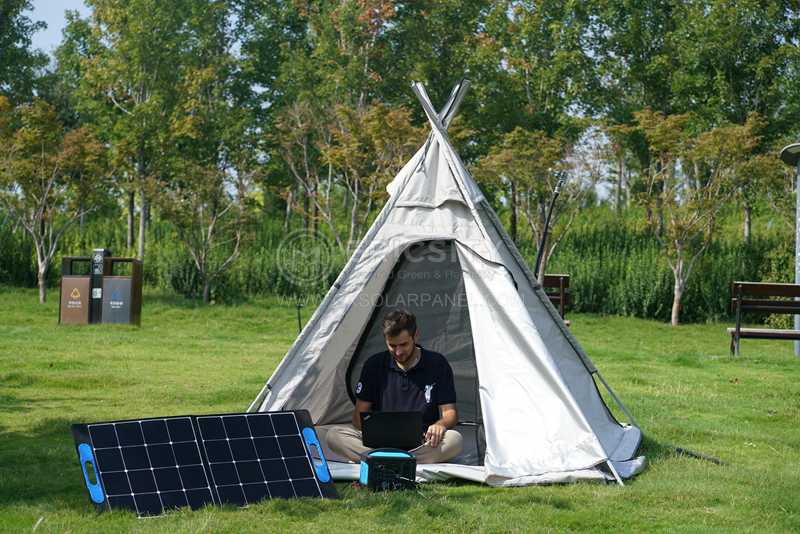HOT PRODUCT
Product Details
Breaking Down The Costs: Factors That Impact System Prices
Breaking Down The Costs: Factors That Impact System Prices
When it comes to purchasing a new system, whether it’s a computer, a home security system, or an HVAC system, understanding the various factors that impact system prices is crucial. Different components, features, and brand choices can significantly affect the overall cost. In this article, we will break down some key factors that influence system prices.
1. Components and specifications:
One of the main factors determining system prices is the type and quality of components used. For example, in the case of a computer, the processor, RAM, storage drive, and graphics card are essential components that affect performance and price. Higher-end components with advanced features typically come with a higher price tag compared to entry-level options.
2. Features and functionalities:
The inclusion of additional features and functionalities can significantly impact system prices. These can include advanced security features in a home security system, software applications in a computer system, or smart capabilities in an HVAC system. Manufacturers often charge a premium for systems with built-in extra functionalities.
3. Brand and reputation:
Brand reputation can play a significant role in system pricing. Well-established and reputable brands tend to command higher prices due to their track record of reliability and quality. However, it is essential to consider that lesser-known brands might offer similar features and performance at a more budget-friendly price. Extensive research and customer reviews can help determine the best value for your needs.
4. Customization options:
The ability to customize a system to meet specific requirements can affect the overall cost. For instance, computer systems that can be upgraded with additional RAM or storage space may have a higher price upfront, but they offer the flexibility to adapt to future needs without purchasing an entirely new system. Customization options give users more control over the price of their systems.
5. Warranty and customer support:
The level of warranty coverage and customer support provided by the manufacturer can influence system prices. Longer warranty periods and comprehensive customer support services may come at an additional cost. However, investing in a system with excellent after-sales support can prove beneficial in the long run, as it ensures peace of mind and assistance when encountering issues or questions.

6. Market demand and availability:
Market demand and availability can impact system prices. If a particular system is in high demand, manufacturers may increase the price to maximize profits. Additionally, limited availability or exclusive releases can also drive prices higher due to increased competition among potential buyers. Being aware of market trends and timing your purchases accordingly can help secure better deals.

7. Installation and maintenance:
In some cases, system prices may include installation and maintenance costs. For example, home security systems often require professional installation for optimal functionality, which can add to the overall expense. Similarly, HVAC systems may require regular maintenance to ensure efficiency and longevity. Considering these additional costs is essential when evaluating the total investment in a particular system.
In conclusion, understanding the various factors that impact system prices is crucial when making purchasing decisions. Components and specifications, features and functionalities, brand reputation, customization options, warranty and customer support, market demand and availability, and installation and maintenance costs all contribute to the overall cost of a system. By carefully considering these factors, you can make an informed decision and find the best system that meets your needs and budget.




